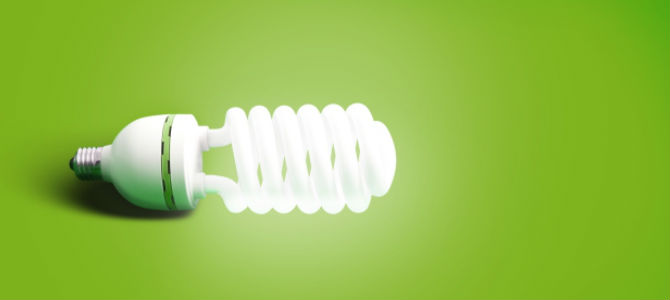
16 Oct LED Lighting Myths, Facts and Common Problems
Article by M. Gilbert posted on eBay.com in 2007
There are numerous Ebay sellers retailing a variety of LED bulbs made for direct replacement into light sockets at the various voltages needed for different countries’ electrical systems. There are also a variety of seller retailing LED flashlights. Many of these LED products claim they “last forever” or “never burnout”. However, Ebay buyers should be aware of some common issues and problems they will encounter with these products.
Myth 1: All LEDs are created equal.
Truth: Low cost LEDs are often the product of low cost semiconductor manufacturing and a lack of quality controls in the LED fabrication process. Therefore many will have different levels of brightness, different color spectra and different expected lifespan. To avoid buying a low quality product, look for brand names such as Luxeon and Nichia, among others who have patented, well established manufacturing processes. When you buy LED bulbs or flashlights, the quality of the LED semiconductor will determine the lifespan and performance of the product.
Myth 2: LEDs last forever and never burn out.
Fact: LEDs use electroluminescence to convert electrical energy directly to light. The chemicals embedded within the LED semiconductor have an electrical half-life, or a maximum amount of electrical power they can transfer before they dim down to half of their original brightness. Many of the LEDs I have purchased on Ebay for home and building lighting have dimmed to their half of their original brightness in less than one month of continuous use! Some lost up to 90% of their brightness within a 3 month period! So, LEDs may never burn out, but they will get exponentially dimmer with each hour of use.The same half-life applies to flashlights and portable LED products, but may not be as noticeable since flashlights are usually not run continuously for long periods of time.
LEDs are also more prone to burnout from electrical power surges, as the individual semiconductors are extremely sensitive to voltage fluctuations. A relatively small power surge caused by a distant lightning strike would be relatively harmless to the power supplies, power regulators and protection circuits in most home appliances including compact flourescent bulbs utilizing a regulated solid state inverter. However, LEDs can easily be burned out, dimmed or reduced to a random flicker from just one surge.
Myth 3: Classification of “Super Bright” and “Ultra Bright” LEDs
Fact: All LED semiconductors have an acceptable voltage range, for example 3.0 volts to 3.3 volts for one particular brand of high brightness white LED that is built into many of the flashlights and LED home / office bulbs sold on Ebay and imported from China. Some manufacturers will set the voltage delivered to the LEDs to a higher voltage than they are designed to handle; this is done when the product is manufactured and assembled. In several cases, I have seen the aforementioned LED set as high as 3.6 to 4.0 volts. This is far over the absolute maximum of 3.3 volts. This makes the LEDs glow many times brighter than intended, thus the “ultra” or “super bright” label. Unfortunately, over driven LEDs dim out quickly and may also burn out from overheating.
By the time your LED products burn out or dim significantly, you will have already left positive feedback and will have been impressed with the initial brightness and clarity of your LED bulb or flashlight. A few months later, you will wonder why you spent so much on a product that does not perform as advertised.

